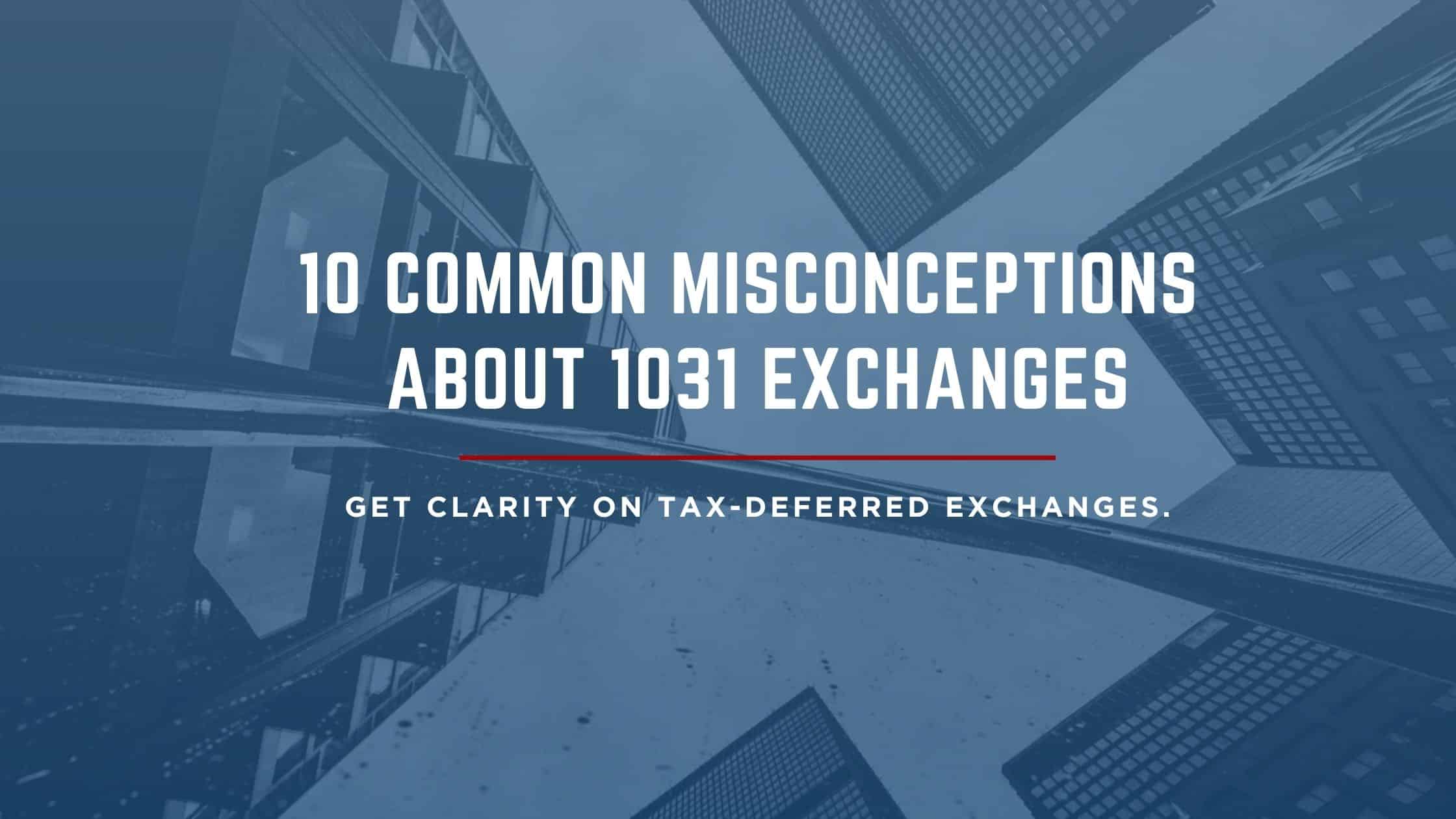10 Common Misconceptions about 1031 Exchanges
Despite being part of the U.S. Tax Code for over a century, 1031 Exchanges remain a powerful yet often misunderstood tool for real estate investors. Misconceptions — like needing a direct property swap, thinking only commercial properties qualify, or believing exchanges are a tax loophole — can deter investors from taking full advantage of the tax deferral benefits.
In reality, 1031 Exchanges allow flexibility: you don’t need a simultaneous swap, “like-kind” covers a wide range of investment properties, and both small and large investors can benefit. Understanding the rules, such as working with a Qualified Intermediary and adhering to IRS timelines, is key to a successful exchange.
We break down 10 of the most common myths surrounding 1031 Exchanges in our latest article. If you want to learn more, check out the full breakdown here.

